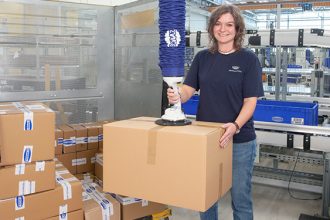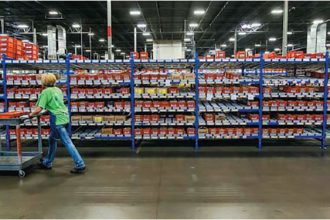Answer These 9 Questions When Specifying An Ergonomic Electric Tugger
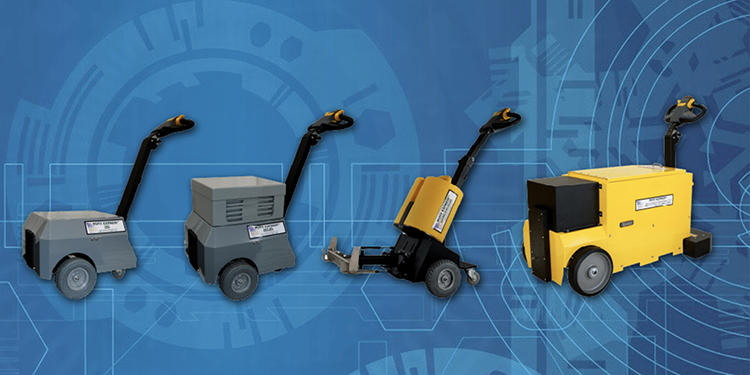
Electric tuggers provide ergonomic, versatile, and efficient material transfer in a wide range of industries. Deployed in manufacturing, assembly, warehousing, and distribution, electric tuggers are also customizable to meet specific application requirements. To ensure that an operation selects the optimal configuration to match its needs, there are nine questions to answer when specifying an ergonomic electric tugger.
“There are a variety of standard electric tuggers models available in the market,” noted Ray Erbe, President and Chief Technical Officer at Electro Kinetic Technologies. The company is a member of the Ergonomic Assist Systems & Equipment (EASE) Council of MHI. “But most electric tugger manufacturers can easily customize their standard base units to meet the unique needs of individual applications.”
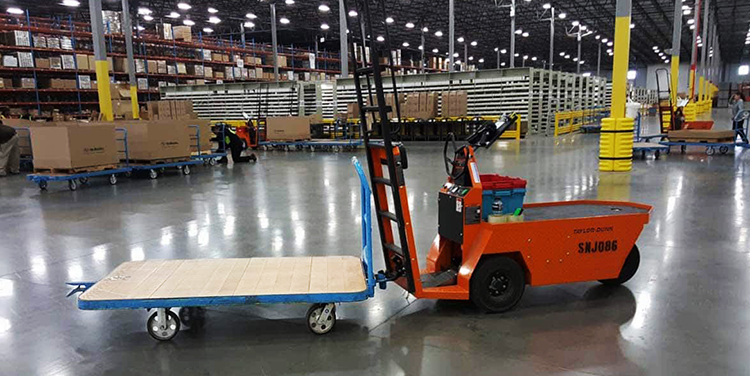
In order to attain the optimal solution, operations considering an investment in one or more electric tuggers should work with a supplier to answer the following questions.
#1: How will the electric tugger connect to existing carts?
There are a variety of electric tugger hitch, hook, and coupler styles available. This connection point can often be a custom engineered solution to match a specific cart configuration. Some electric tuggers support swapping out of different types of connections, allowing the tugger to interface with a variety of carts.
#2: Will the tugger operate on the facility’s floor surface?
While most applications are on dry concrete, the condition of the surface can impact the performance of the wheels. Cracked, damaged, or deteriorating concrete may impede the grip of the tugger’s wheels. Likewise, wet surfaces require specific wheel materials.
#3: Can the tugger travel up and down inclines?
The electric tugger’s motor and drive train must have sufficient power and torque to safely transport carts up and down inclines at a continuous, safe speed. Otherwise, the unit may pull away from its operator and create an unsafe condition.
#4. How easy is it to maneuver the electric tugger in tight spaces?
Space is always at a premium in manufacturing and warehousing operations. The more maneuverable a tugger is, the easier it will be for an associate to connect it to a single cart (or train of carts).
#5. Do the temperature and ingress protection (IP) ratings of the tugger match the facility’s environment?
Electric tuggers destined for use in freezers, wet environments, or outside need more robust components and different wheel materials than those used inside dry, ambient facilities. Be sure to verify that the unit is rated for the application’s specific conditions.
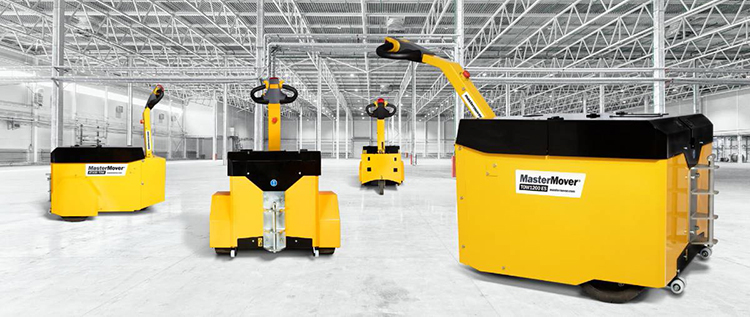
#6. What battery technologies are offered?
There are a variety of battery options, including absorbent glass mat (AGM), lead acid, and lithium chemistries. Certain batteries can accept a partial recharging cycle—known as opportunity charging—at any time. Others require a physical exchange of a depleted battery for a charged one. Erbe noted that this most commonly occurs in facilities where the tuggers run continuously, 24/7. The tugger supplier can help identify the optimal battery for a given application.
#7. How long will the batteries run between charges?
“This varies depending on battery technology and actual use of the electric tugger,” noted Erbe. He noted that factors such as load weight, travel path, run speed, temperature, and battery size can all impact actual operating time. “It’s important to understand the run time of different batteries to ensure that the unit performs as expected.”
#8. How much time do the batteries need to fully recharge?
The answer to this question may impact the number of electric tuggers needed to maintain desired productivity rates. That is, the longer it takes a battery to recharge, the less availability it will have to power the tugger.
#9. What training will associates need to safely operate the electric tugger?
“Today’s electric tuggers feature simple, highly intuitive controls on the tiller handle. That makes training faster and easier. They also don’t require special certifications or licensing to operate,” Erbe said. “Associates also need training on how to connect the tugger to a cart and how to safely steer a hitched and unhitched tugger.”
Other training should include how to safely guide the unit throughout a facility. This includes up and down inclines and through high and low traffic areas. Finally, training on proper battery charging and maintenance is important to maximize the lifespan of the equipment.
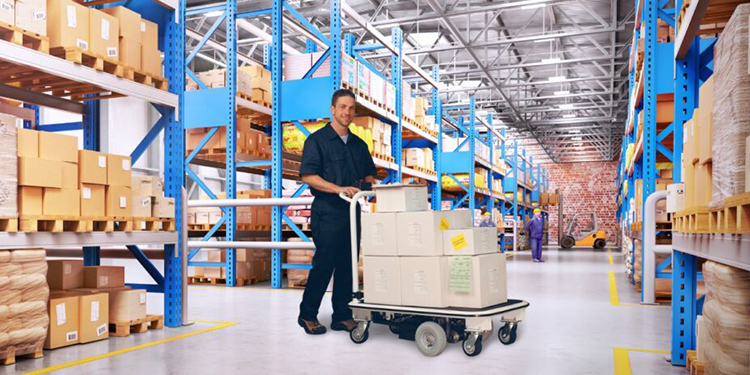
Find Ergonomic Solutions from EASE Council Members
Looking for more ergonomic material handling equipment? Check out the Ergonomic Assist Systems & Equipment (EASE) Council of MHI. The EASE Council offers a broad range of educational resources on its website. These include presentations and seminars, technical papers, checklists, and ergonomic articles. Further, its members are available to consult, answer questions, and offer advice on ergonomics best practices and safe equipment use.


